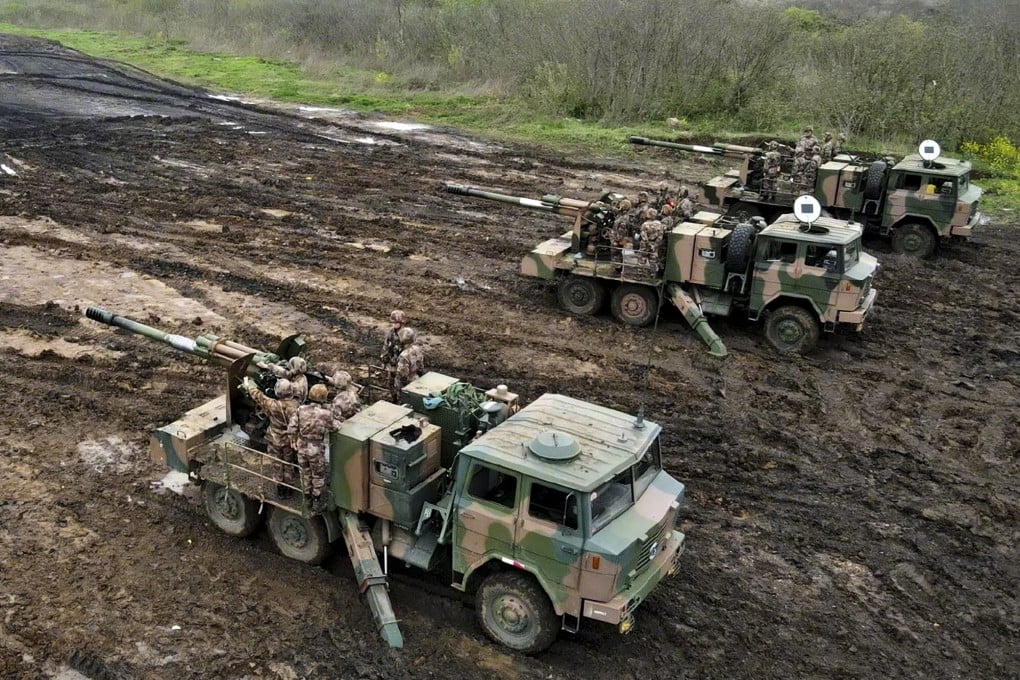Advertisement
China’s military commanders come under attack for outdated training
- The People’s Liberation Army has adopted lighter and more powerful automated weapons but instruction of ground troops ‘has not kept up’
- Military chiefs have to reboot and adapt to lead the young generation of soldiers, observer says
Reading Time:3 minutes
Why you can trust SCMP
79

Automation of weapons systems? Check.
Launch of cyber force to help spot targets? Check.
Cutting-edge combat training for ground troops? Not yet.
Advertisement
It has taken two decades for China’s People’s Liberation Army to fully automate its weapon systems, shifting much of the operational burden from physical grunt to digital technology.
Where once a dozen soldiers were needed to fire a rocket launcher, now fewer than half that number are needed to operate much more powerful hardware, according to one military expert.
Advertisement
But training of troops has reportedly not kept pace with the advances in weapons, prompting the Chinese military’s mouthpiece to lash out at some commanders for not adopting a modern mindset to technology.
Advertisement
Select Voice
Choose your listening speed
Get through articles 2x faster
1.25x
250 WPM
Slow
Average
Fast
1.25x